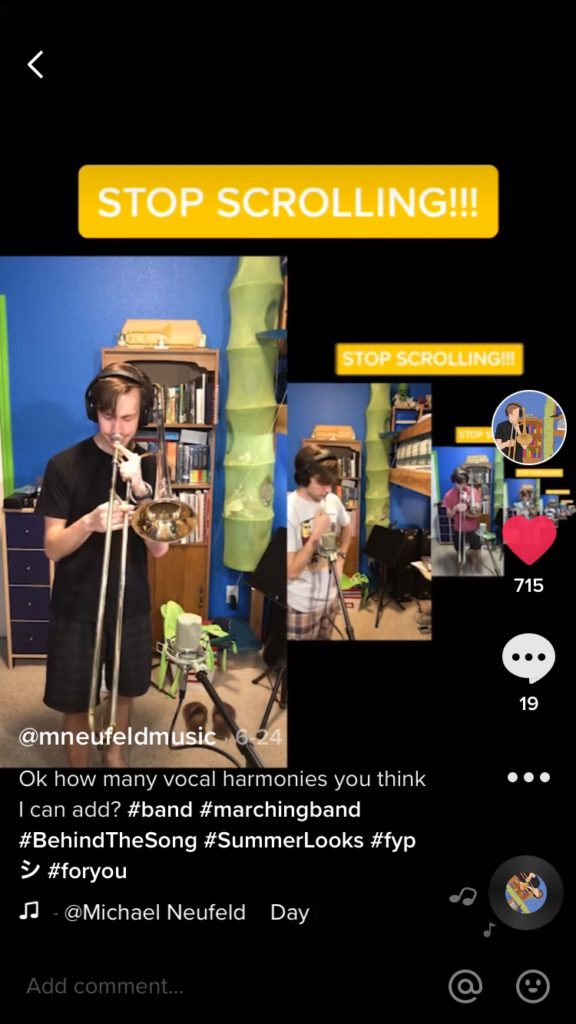[4 minute read]
While studying abroad in Shanghai, I had the incredible opportunity to work with Stepping Stones, a non-profit organization through which I taught English to grade school students at various Shanghai migrant schools. Through my experience, I learned that there is a huge influx of migrants moving from the farmlands and agricultural areas into Chinese cities, with Shanghai having one of the highest concentrations of migrants in China. In recent years, the government created many new schools to provide the children of migrant parents with access to education they might otherwise not receive. In theory, the idea is a good one, but there are still many underlying issues affecting the quality of education these students are receiving.

Stepping Stones placed me at Huabo Lixing Hang School, an elementary school about an hour away from the university campus at which I was studying. When I first arrived, I immediately noticed that the area was much poorer than the area in which I lived in and went to school. I noticed that even the inhabitants looked recognizably different (or distinguishable) from the Shanghainese people I normally saw in the city, probably due to the fact that they originally came from inland provinces such as Anhui, Hunan, and Sichuan.
The government chartered school I worked at clearly stood out from the rest of the environment. Its modern architecture seemed out of place among the surrounding buildings and shops. The classes were packed with students. A normal class size was around 60 which, as one might imagine, made teaching English incredibly difficult. The children were extremely excited to learn, but there were many daily challenges in the classroom. Having so many peers, the students were often rowdy and distractible, and the ones in the back of the classroom had trouble understanding what was occurring at the front. Furthermore, the children were all greatly varied in their English abilities. This is a common characteristic in migrant schools, as students who weren’t born in Shanghai have a wide range of educational history. One of the Chinese volunteers who worked with me in the classroom told me that her elementary school was nothing like this. She said everyone was always well-behaved because parents reinforced their children’s behavior at home. Unfortunately, with parents that often have to work late, these children tended to have very different home lives, and these differences translated into the classroom.
Continue reading Teaching English to Migrant Students in Shanghai





